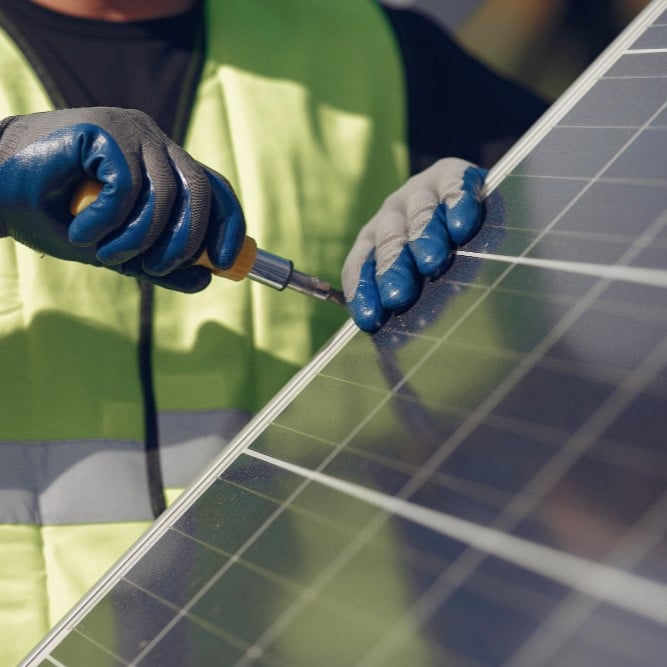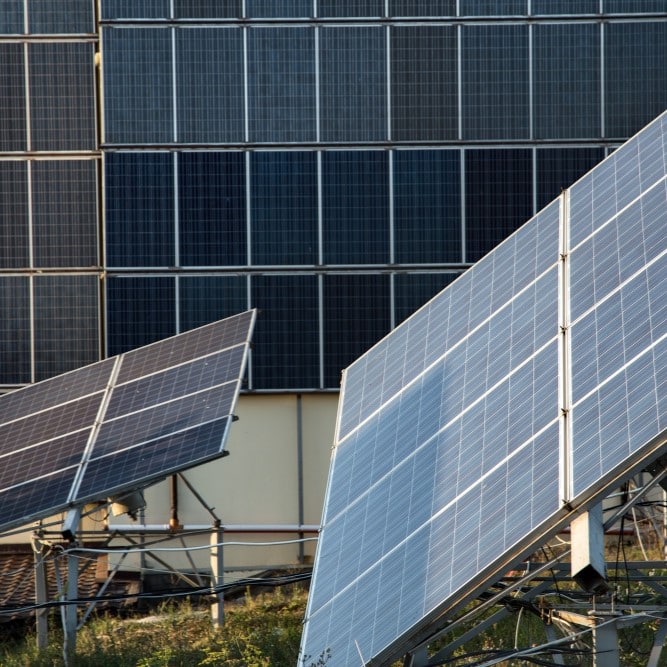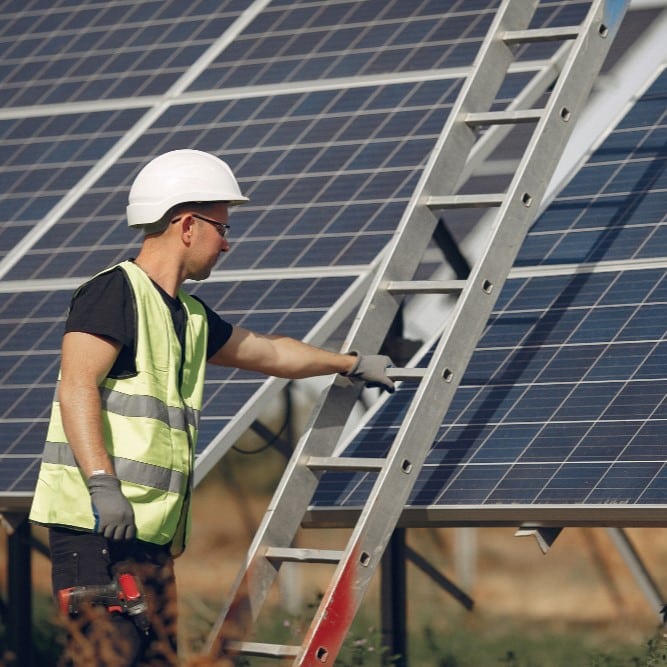Services

Solar Panel Installation
Solar panel installation is the process of setting up photovoltaic (PV) systems on a property to generate renewable energy from sunlight. This service typically involves the following steps:
- Site Assessment: Evaluating the property to determine the best location for the panels, considering factors like sunlight exposure, roof condition, and shading.
- System Design: Creating a tailored design that maximizes energy production based on the property’s unique characteristics.
- Permitting: Handling the necessary permits and approvals from local authorities.
- Installation: Physically mounting the solar panels on the roof or ground, installing the necessary wiring, inverters, and other components.
- Inspection and Activation: Ensuring the system meets all safety and performance standards before activating it for use.
Customers often benefit from enhanced property values and potential savings on energy costs for decades. The use of cutting-edge technology ensures that the installed systems are durable and efficient. Additionally, customer testimonials and case studies can illustrate the positive impact of the installation service.

Custom System Design
Custom system design is a service that provides personalized solar solutions tailored to a client’s specific energy needs and property characteristics. This process includes:
- Energy Assessment: Analyzing the client’s current energy usage and future energy needs.
- Site Analysis: Assessing the property to determine the optimal configuration of the solar array.
- System Planning: Designing a system that includes the number of panels, type of panels, inverter options, and energy storage solutions, if necessary.
- Proposal Development: Presenting the client with a detailed proposal that outlines the design, costs, expected energy savings, and return on investment.
- Customization: Adjusting the design based on client feedback to ensure it meets their specific requirements and preferences.
Unique features of the design might include smart monitoring systems, integration with existing home energy management systems, and future scalability options. Highlighting successful projects and customer stories can demonstrate the effectiveness and satisfaction derived from the custom designs.

Maintenance & Repair
Maintenance and repair services ensure that a solar energy system operates efficiently and reliably over its lifetime. These services typically include:
- Regular Inspections: Scheduled visits to check the system’s performance and physical condition.
- Cleaning: Removing dirt, debris, and other materials that can reduce the panels’ efficiency.
- Performance Monitoring: Using monitoring systems to track energy production and detect any anomalies or drops in performance.
- Troubleshooting and Repairs: Diagnosing and fixing any issues that arise, such as faulty inverters, wiring problems, or damaged panels.
- Upgrades: Recommending and implementing upgrades to improve system efficiency and extend its lifespan.
Additionally, customers are often offered maintenance contracts that include emergency repair services and warranties on both labor and parts. Testimonials from satisfied customers can highlight the peace of mind and reliability provided by regular maintenance services.

Financing Assistance
Financing assistance helps customers manage the upfront costs of installing a solar energy system through various financial solutions. This service includes:
- Consultation: Evaluating the customer’s financial situation and energy savings goals.
- Financing Options: Presenting different financing options such as loans, leases, power purchase agreements (PPAs), and solar loans.
- Incentives and Rebates: Assisting in identifying and applying for federal, state, and local incentives, tax credits, and rebates that can reduce the overall cost.
- Application Support: Helping customers with the paperwork and application process for securing financing.
- Cost-Benefit Analysis: Providing a detailed analysis of the financial benefits, payback period, and long-term savings associated with each financing option.
Unique features might include flexible payment plans, no upfront costs options, and special rates for environmentally-friendly projects.
